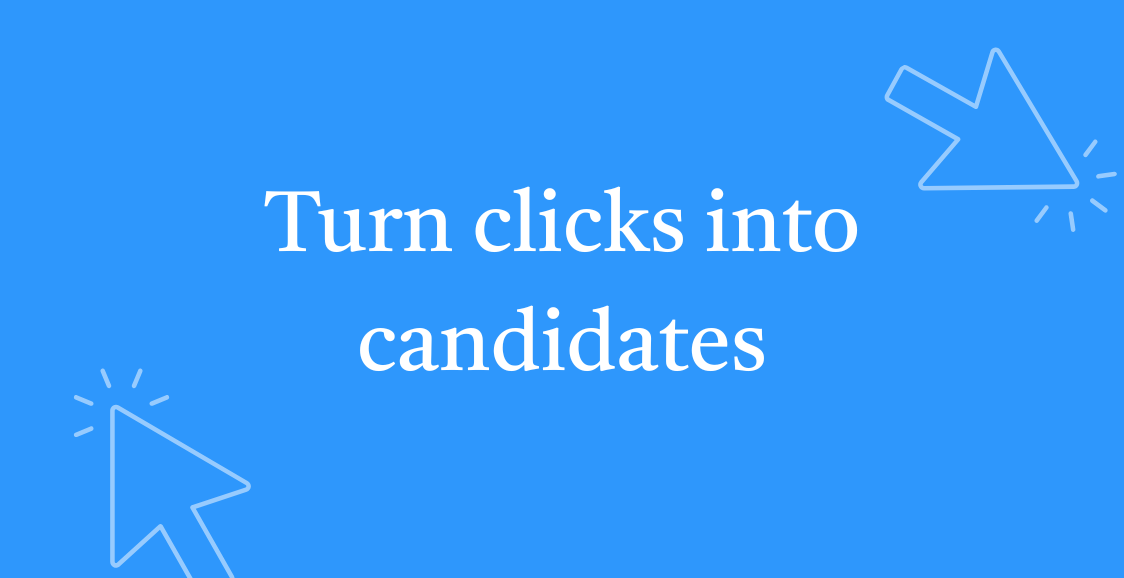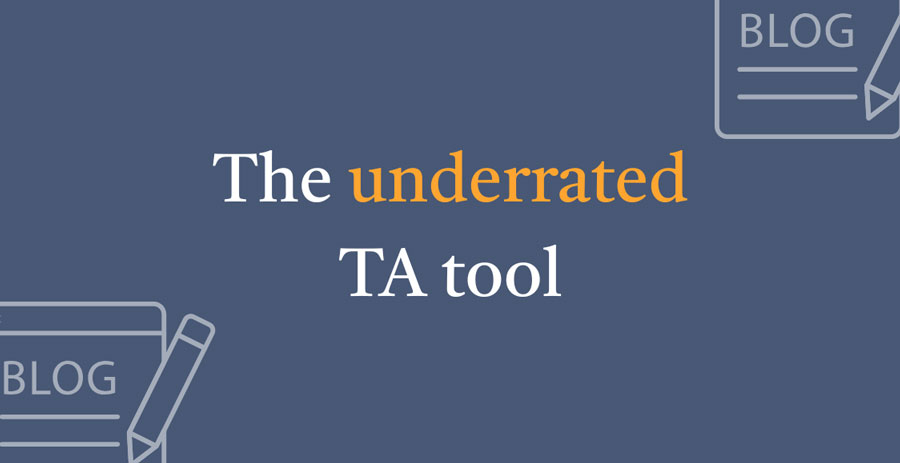In the midst of today’s skills shortage, top candidates are being snapped up fast. As hiring teams work to secure top talent, accelerated hiring cycles have led to a rise in ‘panic hiring’ —resulting in lower-quality hires and greater new-employee turnover.
For recruiters, the current talent landscape a represents unique challenge. To hire the best people, a collaborative approach is needed. But in the post-COVID world, where remote and asynchronous workflows have become the norm, teamwork and collaboration look different. Now, instead of all stakeholders working from the same office, teams are challenged by distributed workforces, clashing timezones, schedules and working hours.
So how can talent teams rise above these challenges to build a robust yet efficient hiring process? Let’s dive in to see how hiring teams can leverage collaboration to navigate the asynchronous complexities of the modern recruitment landscape.
What is collaborative hiring?
‘Teamwork makes the dream work’. This old adage has never rung truer than in today’s hiring landscape. Collaborative hiring is an approach that transcends the conventional decision-making model that places the hiring decision in the hands of a sole hiring manager. A collaborative approach involves engaging multiple team members, departments, or stakeholders in the evaluation of candidates. This helps to drive diversity, reduce bias, provide a more thorough evaluation of applicants, and give candidates a better overall experience.
Why hire collaboratively?
Collaborative hiring stands at the forefront of progressive hiring practices, with the potential to elevate decision-making, fortify teamwork, and enrich the overall candidate experience. Having a range of stakeholders engaged in the hiring decision not only leads to more comprehensive candidate assessments but also contributes to higher-quality hires.
Collaborative hiring leads to:
- Better hiring decisions: Collaborative hiring harnesses the collective insights of diverse team members. This ensures a comprehensive evaluation process that takes into account multiple perspectives, leading to more informed choices and stronger candidate selections.
- Greater employee engagement: Collective hiring decisions spark greater employee engagement as team members become active participants in the hiring journey. This heightened engagement not only contributes to a positive workplace culture but also makes team members more invested in the ultimate success of the new hire.
- Lower new-hire churn: Collaborative hiring is a strategic buffer against new-hire churn. With more team members involved in the selection process, there is more opportunity to test compatibility with team dynamics and company culture, ensuring that new hires are well-suited for long-term success within the organisationorganization.
- Fostering a long-term collaborative work environment: Beyond immediate hiring outcomes, collaborative hiring helps to foster a long-term collaborative work environment. Instilling a sense of ownership and accountability among team members shapes a workplace culture where collaboration is woven into the fabric of daily operations.
- A better candidate experience: The impact of collaborative hiring is also felt by candidates, delivering a more comprehensive view of the company and the role. This transparency enhances the candidate experience, creating a positive impression from the outset.
A collaborative approach to hiring has numerous advantages. Talent teams can use collaborative hiring to establish a more inclusive workplace. Candidates experience a hiring process that is more comprehensive, engaging, and transparent. And, on a broader organisationalorganizational level, the widespread adoption of collaborative hiring practices helps to foster greater diversity in the workplace, contributing to a more equitable, innovative, and ultimately more productive workforce.
How hiring teams can boost collaboration
While the benefits of collaborative hiring are clear, in practice, it can be hard to achieve. In today’s increasingly asynchronous and remote world of work, it’s no longer as simple as getting everyone together in a meeting room: talent teams are juggling conflicting schedules, timezones and locations.
With an increasingly remote workforce, we’ve seen a rise in collaboration tools —programs and apps designed to help teams work more seamlessly together from afar. Research indicates that when done correctly, asynchronous communication accelerates team performance, resulting in a faster time-to-hire, an improved candidate experience, and increased productivity within the hiring team. But, many organisationsorganizations have fallen into the trap of ‘tech-overload’ —a new tool for every task, process or request. This leads to the unintended consequence of greater context switching, where teams are constantly switching between apps and tasks, leading to a loss in productivity.
To establish a successful collaborative hiring process, teams need to think carefully and plan their approach. The aim is to streamline collaboration —and not increase the complexity of the hiring process.
Here are 5 ways teams can boost collaboration in the recruitment process:
- Reduce context switching: Encouraging collaboration means minimisingminimizing context switching. Wherever possible, consolidate information and communication channels, so teams can seamlessly engage without the need for constant transitions between different platforms
- Create a streamlined flow of work: Streamlining the workflow is crucial for efficient collaboration. Establishing clear processes ensures that tasks move seamlessly from one stage to the next, reducing delays and enhancing overall productivity.
- Establish clear lines of communication: The key to good collaboration is clear communication. Start each hiring process with a solid brief to ensure all stakeholders are aligned. Have clearly defined channels for feedback and internal updates throughout the hiring process.
- Embrace asynchronous hiring tools: When hiring, consider tools like pre-set video interviews or skills-based assessments that candidates can complete in their own time. Allowing these initial stages to run asynchronously will speed up the screening processes, without compromisingcompromizing on the quality of the assessment or delaying the candidate.
- Use technology to support your collaborative hiring: Choose an HR tech stack that works to bring all your processes together under one roof as a central source of truth. These tools should fit seamlessly into the flow of work, rather than adding more steps to the process.
Final thoughts
In 2024, organisationsorganizations that truly embrace collaborative hiring will rise above the competition —through higher-quality hires and greater productivity. By prioritisingprioritizing teamwork, seamless communication and the right technology, talent teams can break free from rigid sequential processes, and build a culture where collaboration is central to recruitment success.
Want to know more about what’s shaping the world of recruitment? Download your copy of our 2024 recruitment trends report to dive deeper today.
Enhance your team collaboration
Discover how your team can connect and collaborate to make better hiring decisions with PageUp





